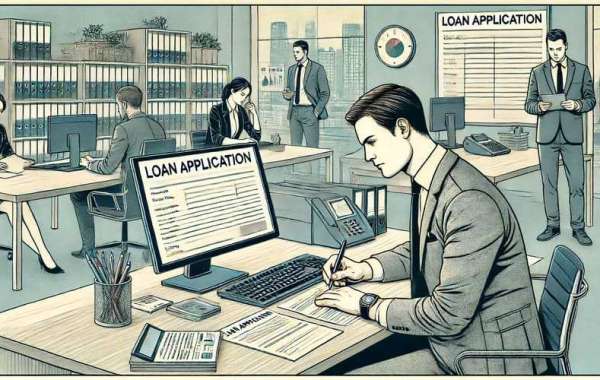As the global shift towards a low-carbon economy continues, businesses are increasingly tasked with finding solutions that balance environmental responsibility with cost efficiency. In this context, PP Straws have emerged as a popular choice due to their affordability and recyclability. However, as sustainability becomes a key focus for consumers and regulators alike, PP Straws must evolve to meet the growing demand for eco-friendly solutions while remaining economically viable. The challenge is finding a way for PP Straws to reduce their carbon footprint while maintaining the cost advantages that make them appealing to businesses.
One of the primary strategies for reducing the environmental impact of PP Straws lies in innovation within the production process. By optimizing manufacturing techniques, PP Straws can be produced more efficiently, minimizing energy consumption and reducing the overall carbon footprint of production. Technologies such as improved extrusion processes, energy-efficient machinery, and the use of renewable energy sources can help manufacturers decrease emissions. In addition, using recycled PP materials in production further reduces the environmental impact, contributing to a circular economy while also cutting costs. As consumers and businesses alike become more conscious of sustainability, such innovations are key to ensuring that PP Straws remain relevant in the eco-conscious market.
In terms of cost, PP Straws hold a competitive advantage over other eco-friendly alternatives. Materials such as paper and PLA (polylactic acid) straws are often more expensive to produce, which can drive up the cost of the end product for both businesses and consumers. PP Straws, on the other hand, are relatively inexpensive to manufacture, which makes them an attractive option for businesses looking to reduce packaging and disposable product costs. This affordability allows businesses to offer a sustainable alternative without passing significant cost increases onto the consumer. This cost-effective nature positions PP Straws as a bridge between traditional plastic products and more environmentally friendly options, enabling companies to remain competitive in a market increasingly focused on sustainability.
For businesses, the key to promoting environmental production without burdening consumers lies in efficiency. Streamlining production processes, using renewable energy, and investing in technologies that reduce waste are essential steps that can help companies maintain low production costs while improving the environmental impact of PP Straws. Additionally, scaling up recycling and reuse initiatives helps ensure that these products don’t contribute to landfill waste. Through these efforts, businesses can integrate sustainable practices into their operations without increasing the cost to consumers.
In conclusion, PP Straws can find their place in the low-carbon economy by focusing on innovation in production, capitalizing on their cost advantages, and embracing sustainability without sacrificing economic feasibility. With continued efforts to reduce their carbon footprint and improve efficiency, PP Straws can play a valuable role in meeting both the environmental goals of the future and the economic needs of businesses today.
sotonstraws.com





